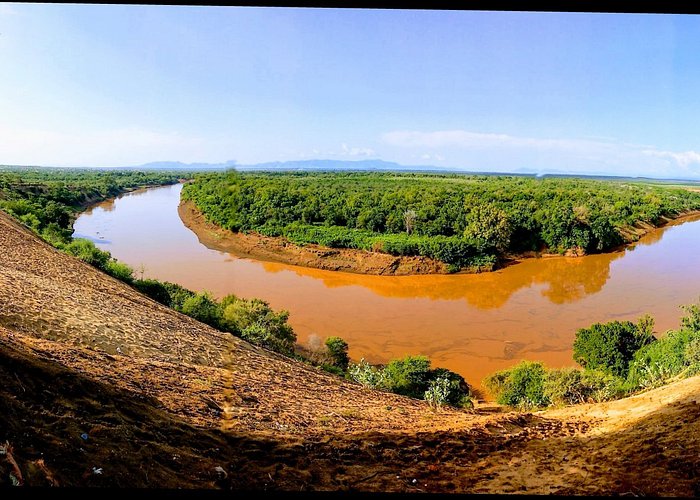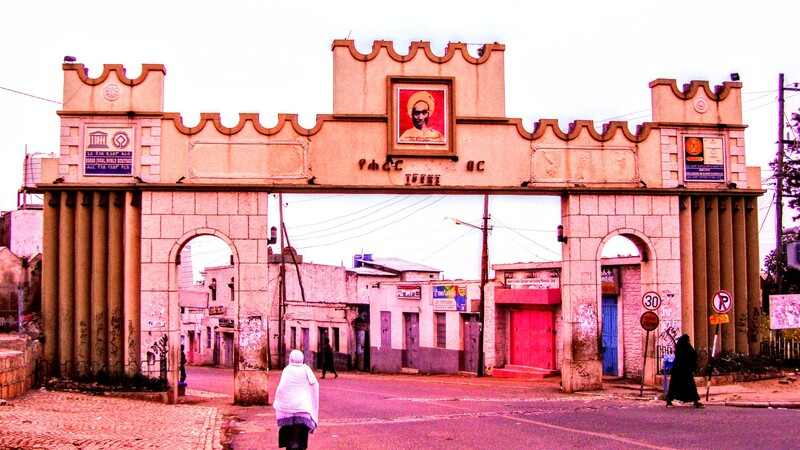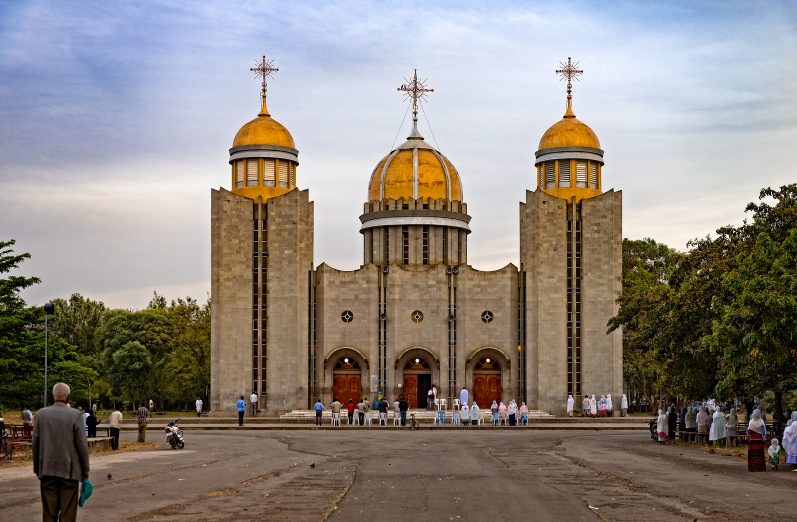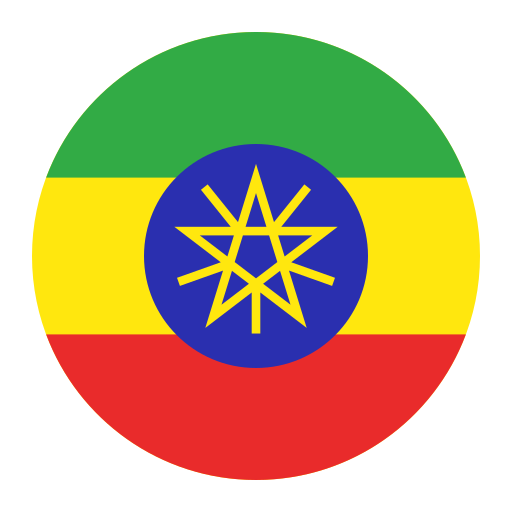Ethiopia travel tips
Ethiopia travel tips: Land of ancient history, diverse landscapes, rich cultures, and the source of the Blue Nile, fostering resilience and unity.
States 🌎
Ethiopia travel tips. Here is a list of all the states of the Ethiopia.

Tigray

Afar

Amhara

Oromia

Somali

Benishangul-Gumuz

Southern Nations, Nationalities, and Peoples’

Gambela

Harari

Sidama

Addis Ababa

Dire Dawa
Before you go 🛩
Important information you should know before your trip
Info

Capital | Addis Ababa
Flag Codes:
ISO alpha-2 ET,
ISO alpha-3 ETH
Currency
Badge | Ethiopian Birr
CODE | ETB
NUMBER | 230
SYMBOL | Br
FRACTION | penny
Mobile Coverage
Dialing Code | +251
SIM Card
Coverage | 3G / 4G / 5G |
Mobile Networks | MTN Mobile | Safaricom Mobile |

Location
Ethiopia is a country located in the Horn of Africa, on the eastern side of the African continent.
Landlocked Country: Ethiopia is a landlocked country, meaning it does not have direct access to the sea. However, it has historically had access to the Red Sea through the port of Eritrea. Changes in political boundaries have affected this access.
Capital City: The capital city of Ethiopia is Addis Ababa, which is located in the central part of the country.
Regions: Ethiopia is divided into several administrative regions and two chartered cities. These regions have their own local governments and include places like Tigray, Amhara, Oromia, and others.
Ethiopia is known for its diverse geography, which includes highlands, plateaus, mountains, valleys, and lowlands. The country is home to many natural wonders, including the Great Rift Valley, the Simien Mountains, and the source of the Blue Nile. It has a rich cultural and historical heritage and is one of the oldest nations in the world with a recorded history dating back thousands of years.
Currency
The currency of Ethiopia is the Ethiopian Birr, abbreviated as “ETB” and often symbolized as “ብር” in Amharic, the official language of Ethiopia.
The Ethiopian Birr is further subdivided into 100 santim.
Please note that currency denominations and symbols can change over time, so it’s advisable to check with official sources or a reliable currency exchange service for the most up-to-date information on the Ethiopian Birr.
Languages
Ethiopia is a linguistically diverse country with numerous languages spoken throughout its various regions. However, Amharic is the official and most widely spoken language in Ethiopia. Here is some information about the languages of Ethiopia:
Amharic (አማርኛ):
Amharic is the official language of Ethiopia and serves as the working language of the federal government.
It is the most widely spoken language in the country and is used for administrative, educational, and business purposes.
Amharic is a Semitic language with its own unique script, known as Ge’ez or Ethiopic script.
Oromo (Afaan Oromoo):
Oromo is one of the largest ethnic groups in Ethiopia, and their language, Afaan Oromoo, is widely spoken in the Oromia Region.
It is also one of the most spoken languages in the country and is the native language of the Oromo people.
Tigrinya (ትግርኛ):
Tigrinya is one of the Semitic languages spoken in Ethiopia and is primarily used in the Tigray Region.
It is also spoken in neighboring Eritrea, where it is one of the official languages.
Somali (Af-Soomaali):
Somali is spoken by the Somali ethnic group and is predominantly found in the Somali Region of Ethiopia.
It is a Cushitic language and is also spoken in Somalia and parts of Kenya and Djibouti.
Other Languages:
Ethiopia is home to numerous other languages, including Gurage, Sidama, Afar, Hadiyya, Wolaytta, and many more.
These languages are part of various language families, including Semitic, Cushitic, Omotic, and Nilotic.
English:
While not an official language, English is often used in education, business, and government, and it is taught in schools as a second language.
The linguistic diversity in Ethiopia is a reflection of its rich and varied cultural heritage. The country’s federal system recognizes the rights of different regions to use their own languages for educational and administrative purposes, which further promotes linguistic diversity.
Climate 🌡
Ethiopia’s climate varies significantly across its diverse regions due to its diverse topography and geography. The country’s elevation ranges from the lowlands of the Great Rift Valley to high plateaus and mountains. Here are the primary climate zones found in Ethiopia:
Highland Climate:
Much of Ethiopia’s central and northern regions, including the Ethiopian Highlands, experience a highland or temperate climate.
These areas have mild to warm temperatures during the day and cooler nights, with temperatures varying significantly with elevation.
The capital city, Addis Ababa, is located in the highlands and enjoys a pleasant climate year-round.
Lowland Climate:
Ethiopia’s eastern lowlands, including the Afar Region and parts of the Somali Region, have a hot desert or semi-arid climate.
These areas experience high temperatures and minimal rainfall, making them some of the hottest and driest places in Ethiopia.
Tropical Climate:
The southwestern part of Ethiopia, including the Gambela Region, experiences a tropical or equatorial climate.
This region has high temperatures throughout the year and receives significant rainfall, with a distinct wet season and dry season.
Subtropical Climate:
The southern and southeastern parts of Ethiopia, including parts of the Southern Nations, Nationalities, and Peoples’ Region, have a subtropical climate.
This area has warm to hot temperatures and a rainy season during the summer months.
Arid and Semi-Arid Climate:
Some parts of eastern and southeastern Ethiopia, including the Somali Region and the eastern lowlands, have an arid or semi-arid climate.
These areas are characterized by low rainfall and can experience harsh conditions.
Rainy Season:
The timing and duration of the rainy season vary across Ethiopia. Generally, the rainy season occurs from June to September in many parts of the country, with variations in intensity and duration.
In some regions, there may be a shorter rainy season from February to April.
Ethiopia travel tips
If you’re planning a trip to Ethiopia, here are some travel tips to enhance your experience:
Visa Requirements:
Check visa regulations and obtain necessary documents before traveling to Ethiopia.
Health Precautions:
Prioritize vaccinations, carry a basic medical kit, and drink bottled or treated water to stay healthy.
Cultural Sites:
Explore historic sites like Lalibela, Axum, and Gondar, experiencing the country’s ancient heritage.
Safety Precautions:
Stay informed about local safety conditions, use reputable guides, and adhere to travel advisories.
Transportation:
Plan transportation in advance, utilize domestic flights, and be prepared for diverse road conditions. View Guide.
Local Festivals:
Plan your visit around cultural festivals like Timket or Meskel for a vibrant and authentic experience.
National Parks:
Explore Bale Mountains National Park and Omo National Park for diverse flora, fauna, and cultural experiences.
Enjoy your time in Ethiopia!

The best of the best
Ethiopian cuisine is known for its unique and flavorful dishes, which often feature a variety of spices, grains, and legumes. Injera, a sourdough flatbread, is a staple in Ethiopian meals and serves as a base for many dishes.

Injera
Injera is a spongy and sour flatbread made from teff flour. It’s a fundamental part of Ethiopian cuisine and is used as a utensil to scoop up other dishes.

Doro Wat
Doro Wat is a spicy chicken stew made with chicken drumsticks or thighs, onions, and a berbere spice blend. It’s often considered the national dish of Ethiopia.

Kitfo
Kitfo is a dish made from minced raw beef seasoned with spices, particularly mitmita (a spicy chili powder) and niter kibbeh (spiced butter).
Here are some typical foods and dishes from Ethiopia:
Tibs: Tibs are a type of sautéed or grilled meat dish, often served with vegetables. It can be made with beef, lamb, or goat.
Shiro: Shiro is a thick stew made from ground chickpeas or lentils and seasoned with spices. It can be served as a vegetarian dish or with meat.
Key Wot: Key Wot is a spicy and flavorful beef stew made with cubes of beef simmered in berbere sauce.
Dulet: Dulet is a spicy and hearty dish made from minced or chopped organ meats, often including liver, tripe, and other organs, sautéed with spices.
Kik Alicha: Kik Alicha is a mild and creamy stew made from split yellow peas, cooked with onions and flavored with turmeric.
Injera Firfir: Is a dish made from torn pieces of injera soaked in a spicy sauce. It can be served with or without meat.
Ayib: Ayib is a soft cheese often served as a side dish or garnish for other Ethiopian dishes.
Teff: Teff is a tiny grain and the main ingredient in injera. It’s also used to make a variety of porridges and bread.
Ethiopian cuisine is known for its communal dining style, where several dishes are placed on a large injera-covered platter, and diners share the food.
Transportation 🚥
More information about this country
Choose your destination 📍🗺
Useful Links ✅



